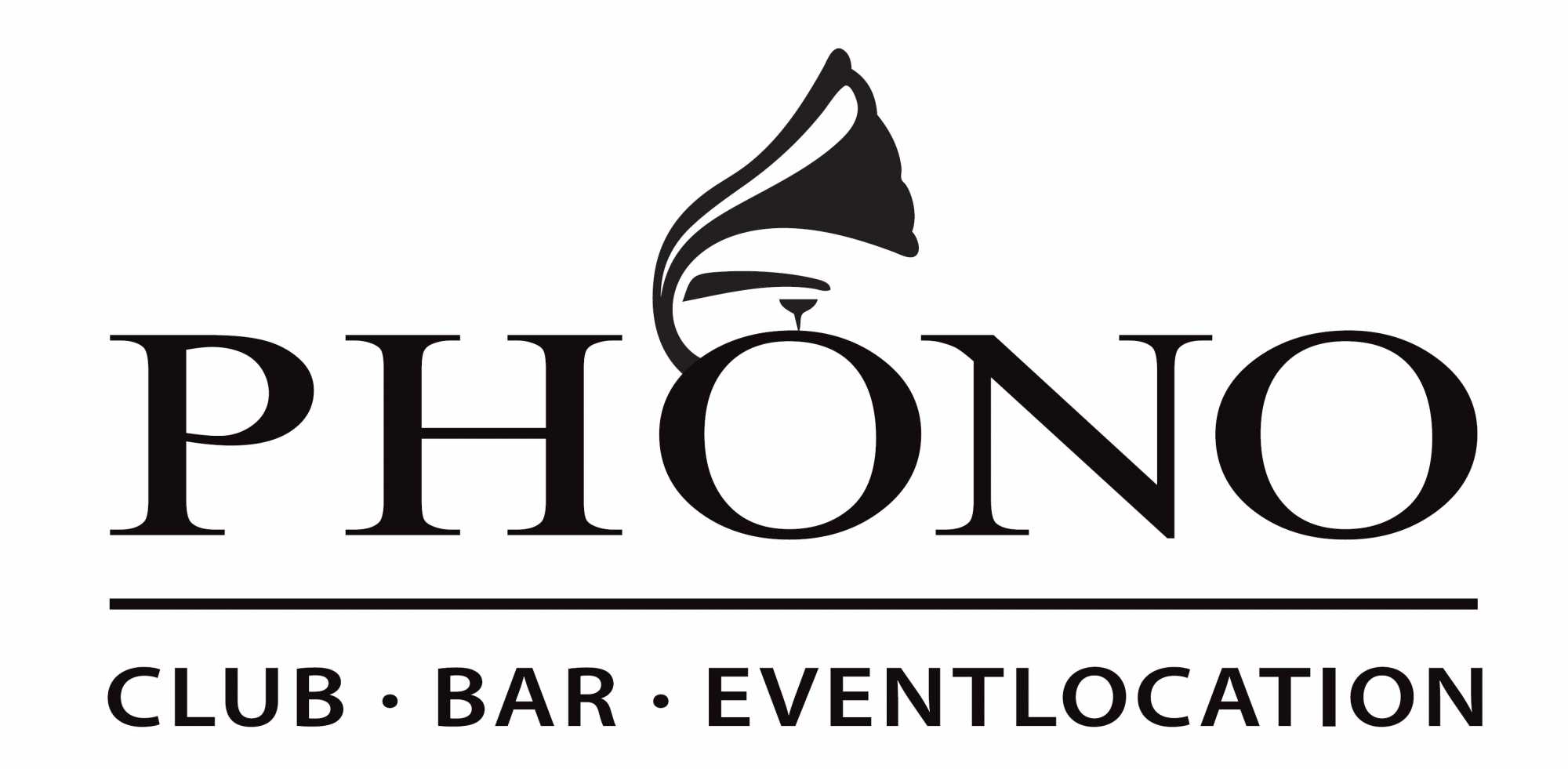- 1 | Roberto Codromaz
- 2 | Erik Colja
- 3 | Mattia Gotter
- 4 | Daniel Liut
- 5 | David Colja
- 6 | Saša Žagar
- 7 | Alessio Codromaz
- 8 | Mattia Codromaz
- 9 | Mattia Razem
- 10 | Erik Ferluga
- 11 | Samuel Ferluga
- 12 | Denis Pitacco
- 13 | Daniele Bigaj
- 14 | Luca Paravan
- 15 | Stefano Simeoni
- 16 | Juri Ocretti
- 17 | Martin Juren
- 18 | Thomas Renar
- 19 | Nikolas Semolič
- 20 | Thomas Tabai
- 21 | Mattia Savi
- 22 | Matija Colja
- 23 | Emir Franzot
- 30 | Jan Košuta
Team Žile at the EUROPEADA 2024
The Slovenian football team in Italy was founded in 2018 on the initiative of ZSŠDI (Združenje slovenskih športnih društev v Italiji - Union of Slovenian Sports Federations in Italy) and under the patronage of FIGC-LND Friuli Venezia Giulia - Furlanija Julijska krajina. The team is nicknamed Žile and is made up of Slovenian-speaking players who play in the teams of the official regional championships of Friuli Venezia Giulia - Furlanija Julijska krajina.
The participation of the Slovenes in Europeada Between the Seas 2024, on the German-Danish border, will be their second in a row after their first appearance in Austria, where they finished in 7th place and lost in the quarter-finals to multiple champions South Tyrol.
The Slovene Minority in Itlay
The Slovene minority in Italy is the name given to Italian citizens who belong to the autochthonous Slovene ethnic and linguistic minority living in the Italian autonomous region of Friuli-Venezia Giulia / Furlanija-Julijska krajina. The vast majority of members of the Slovene ethnic minority live in the provinces of Trieste/Trst, Gorizia/Gorica and Udine/Videm. The Slovenes gradually settled in the area within the Italian borders: Slovenes from the province of Udine/Videm in 1866, Slovenes from the province of Gorizia/Gorica in 1947 and Slovenes from the province of Trieste/Trst in 1954.
The Ministry of the Interior estimates that there are between 83,000 and 100,000 Slovene speakers in Friuli-Venezia Giulia/Furlanija-Julijska krajina.
The Slovene minority in Italy enjoys legal protection of its collective rights, guaranteed by the Italian Constitution and by specific national and regional legislation, as well as by international treaties (in particular the London Memorandum of 1954) and bilateral agreements, initially between Italy and Yugoslavia (in particular the Osimo Treaty of 1975) and, since 1991, between Italy and Slovenia.
Since 1945, Slovenes in Italy have enjoyed partial cultural autonomy, including an education system in Slovene. They have a wide network of cultural and civic associations. The Slovene language is co-official in many municipalities with a Slovene minority presence, and visual bilingualism is applied in most non-urban settlements with a traditional Slovene presence. However, the implementation of these rights depends largely on the local administrations, and the situation varies considerably from one area to another.
Both Italy and Slovenia promote Slovene culture in Friuli-Venezia Giulia/Furlanija-Julijska krajina through subsidies to Slovene associations and organisations.


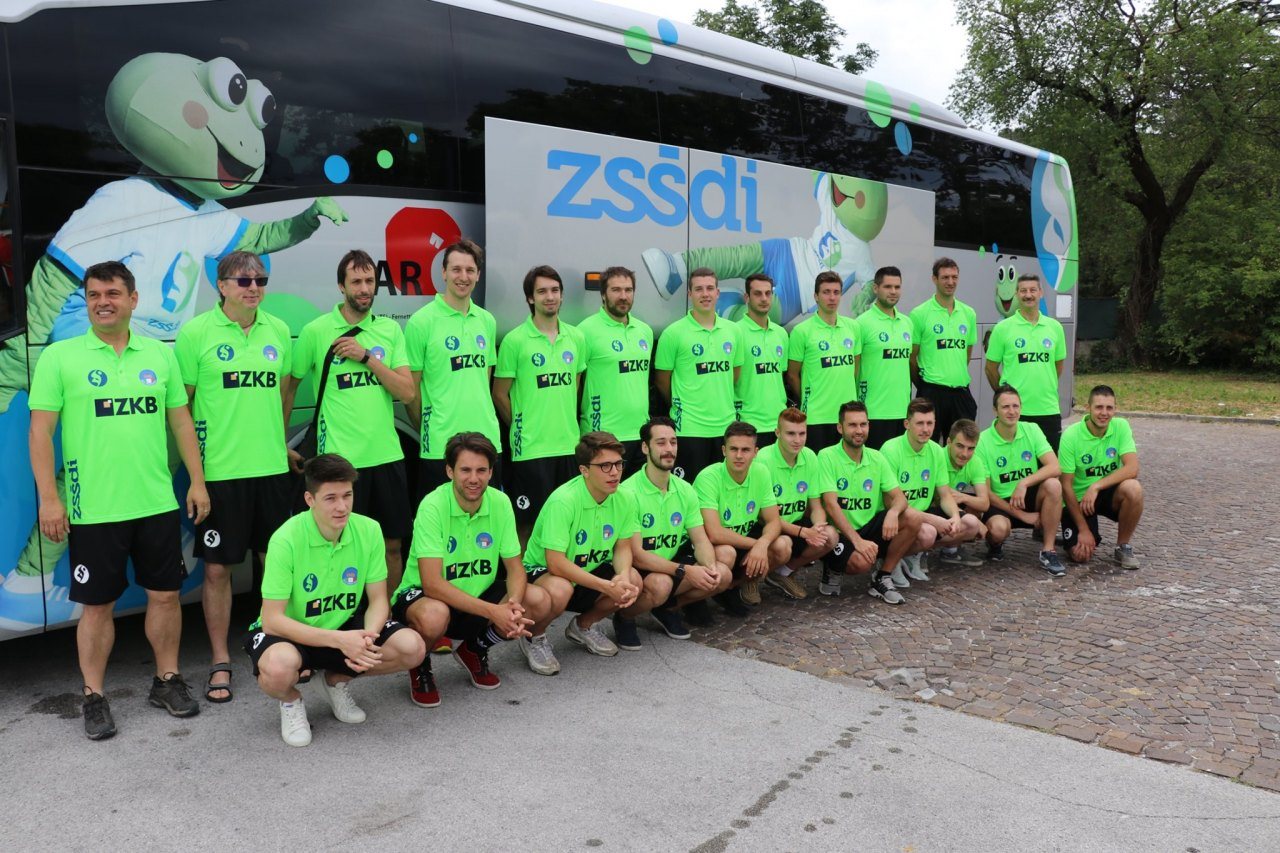
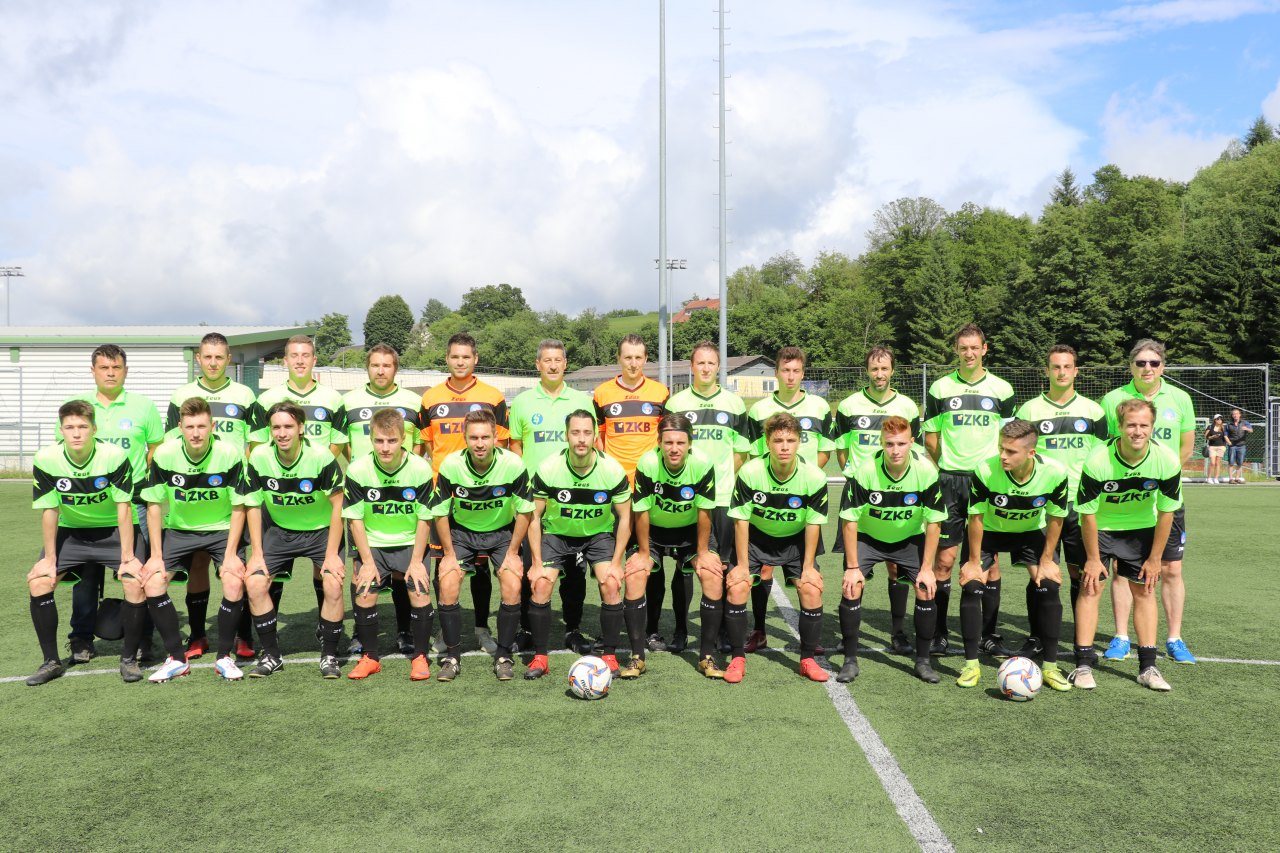



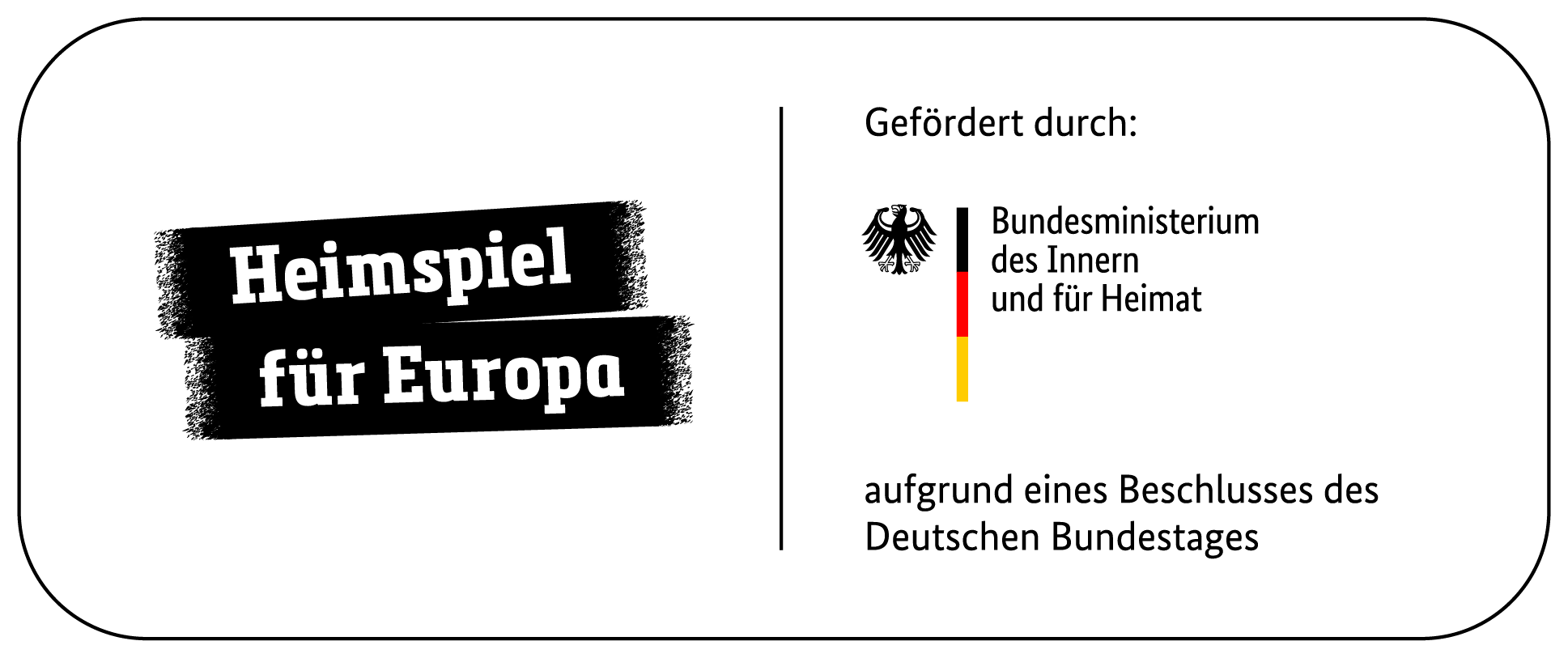
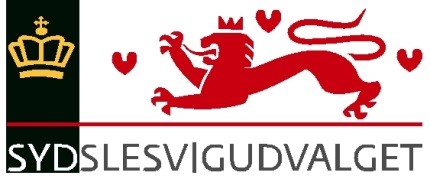



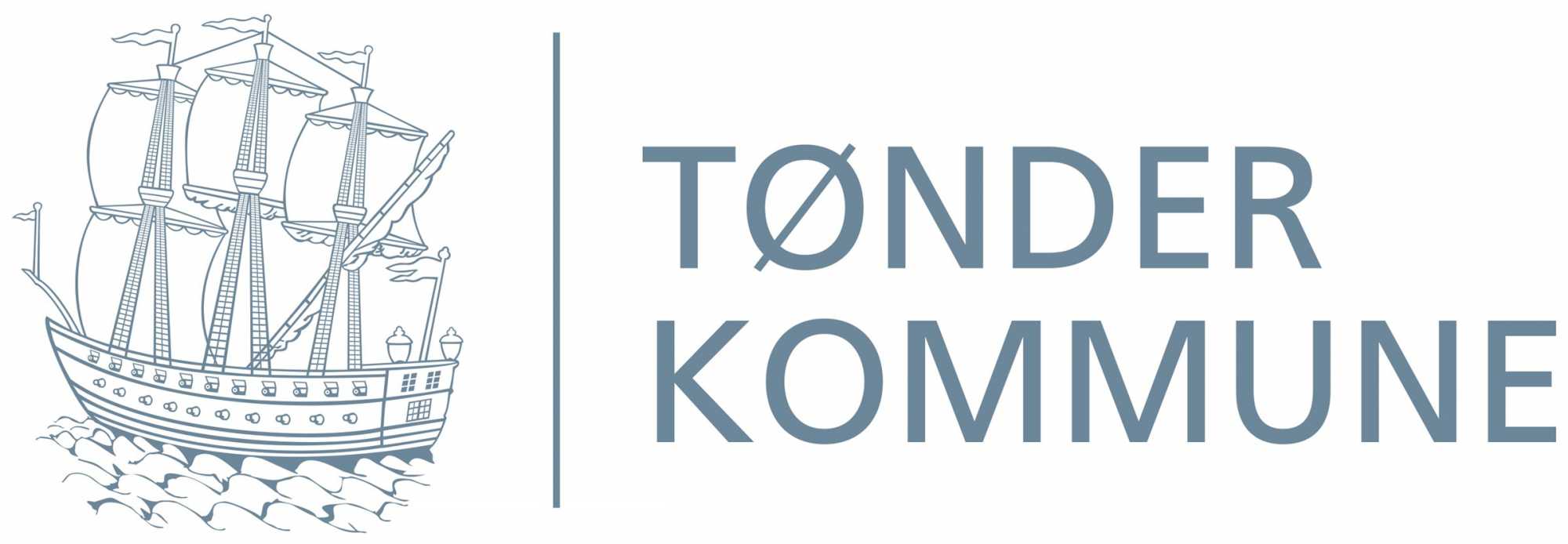
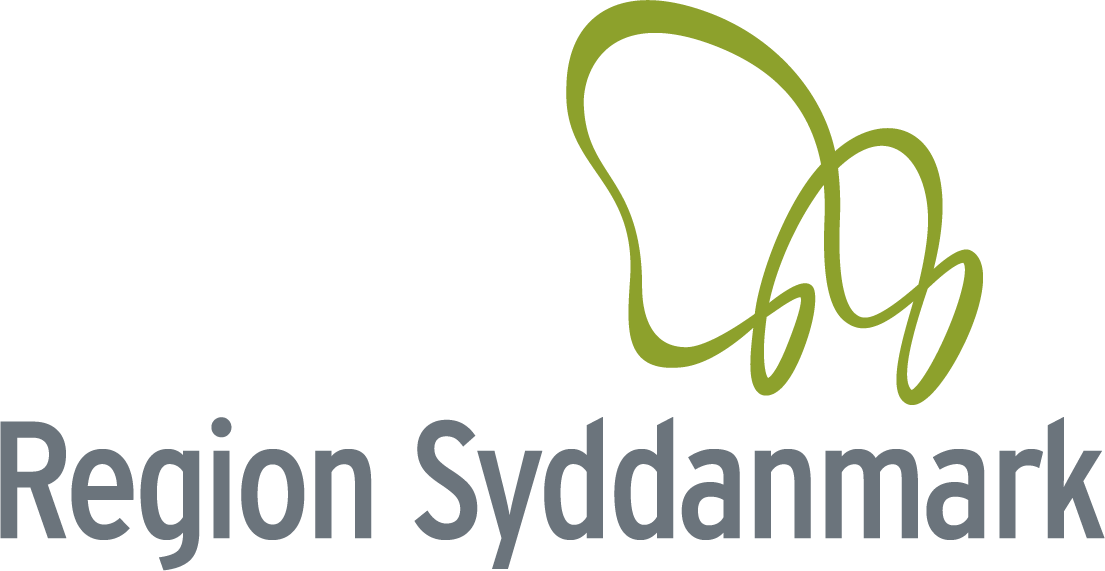
.png)




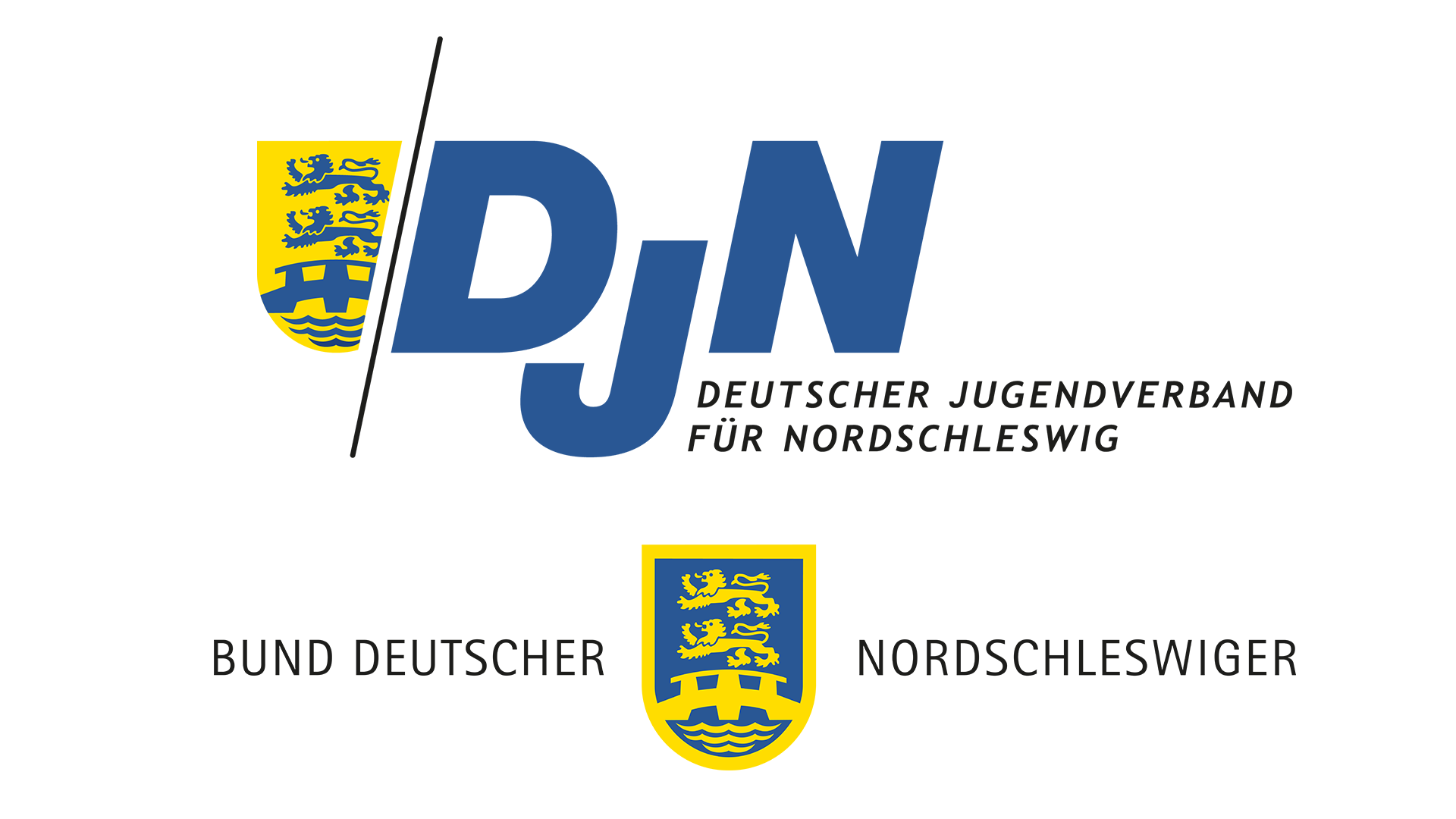
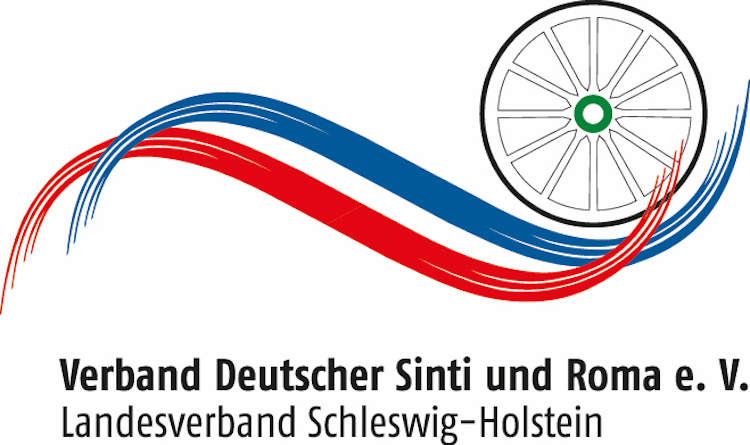

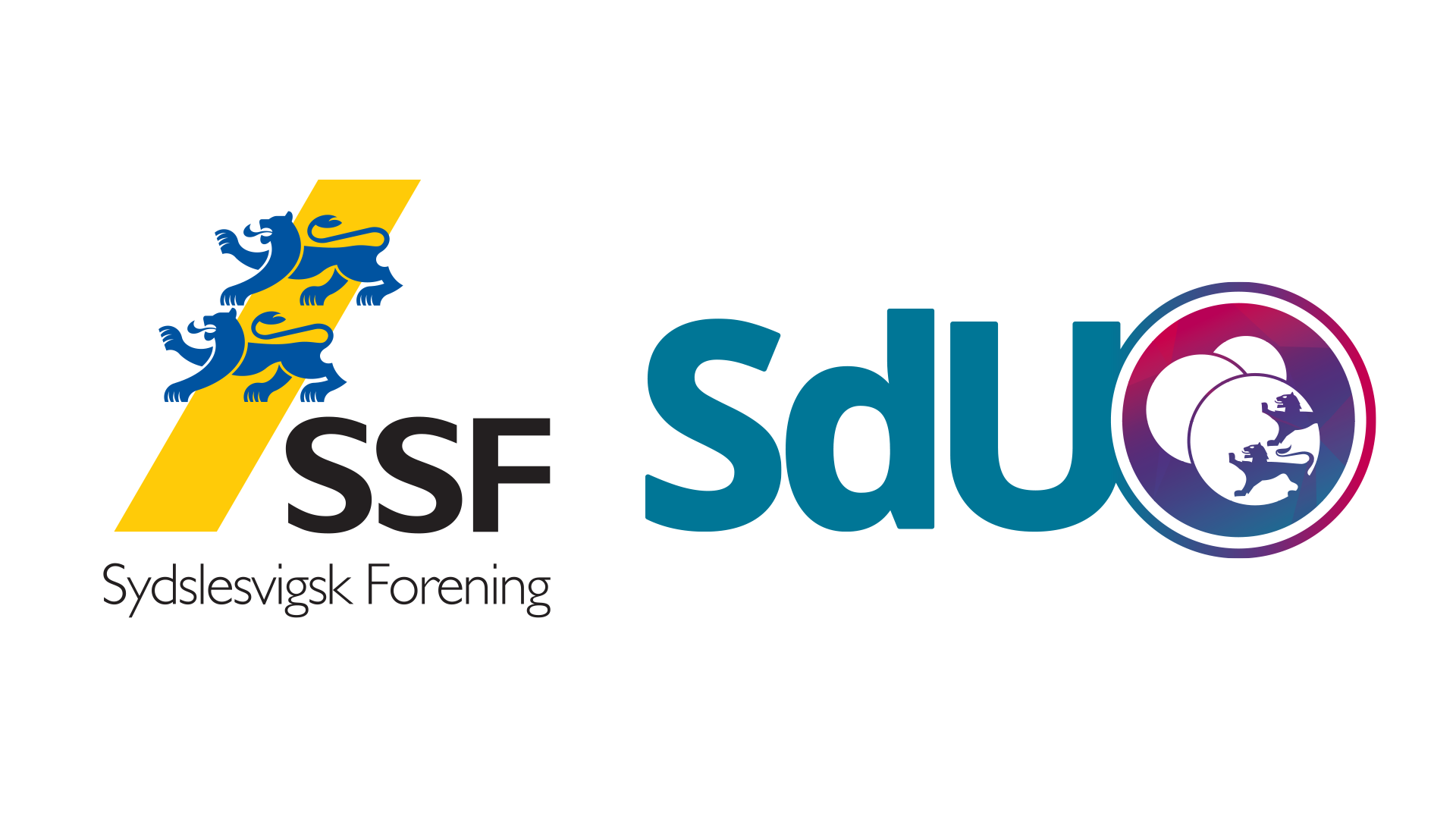


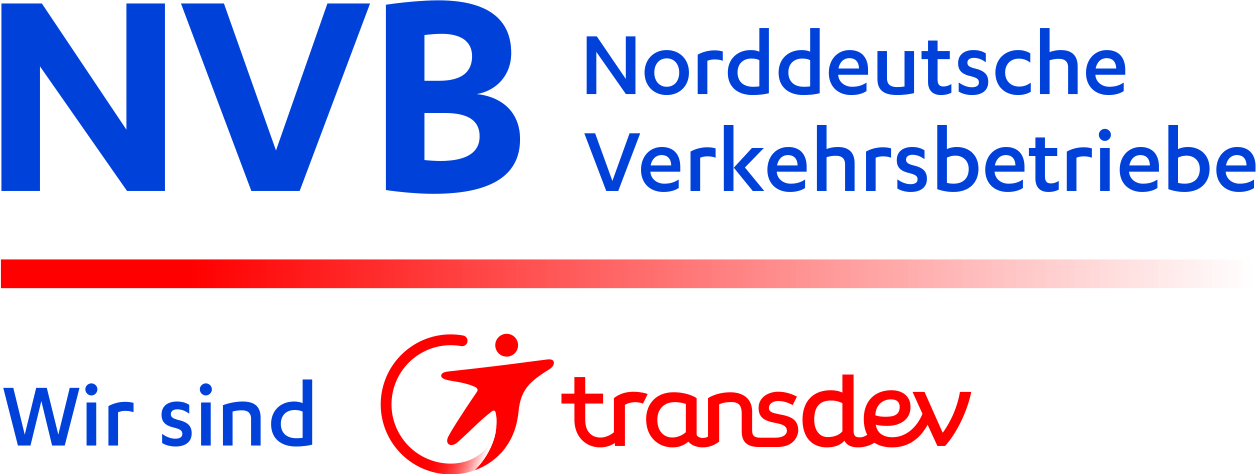






-1.png)
_(1).png)

